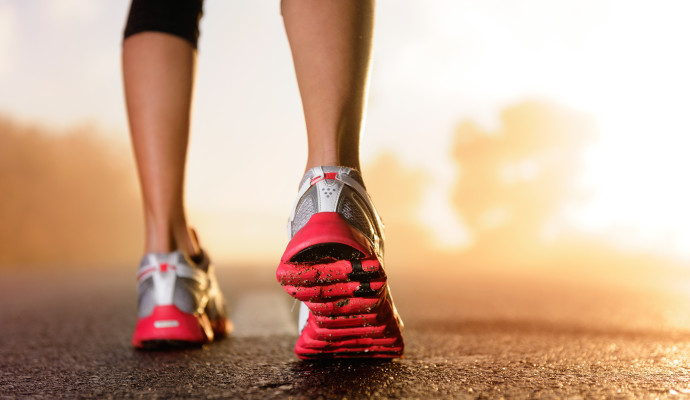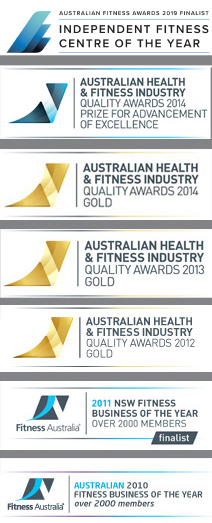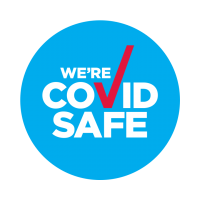
IF THE SHOE FITS
They’re the shoe decisions that are doing real damage. From sports-luxe runners to our unofficial comfort shoe of the nation, thongs, Australians are making bad decisions every day that can result in all-over body ailments like plantar fasciitis (heel pain), lower back pain, nerve problems, misaligned hips and bad posture.
It is estimated that around 70 per cent of the population suffer from an overpronated foot where their foot rolls inwards excessively which is then worsened when wearing the wrong shoes. Many are unaware of their condition and therefore don’t address it when choosing footwear.
Karl Lockett is a sports podiatrist and leading specialist in managing heel pain and raised some interesting points on shoes for us to consider. High heels can cause strained calf muscles, are a precursor to Achilles tendonitis, along with blisters, bunions, and possible nerve damage from pressure on toes. If the Achilles tendon gets inflamed, it can take weeks to treat.
Ballet flats/cavnas shoes can cause your calf muscles and Achilles tendon to work much harder, and may lead to plantar fasciitis, not to mention potential stress fractures and pressure point soreness.
Thongs can cause pressure point soreness, and may even affect knees, hips and your back.
Minimal runners (think the toe shoe) if you’re heavy and your foot over-pronates, you’ll get more stress on the foot, and are more likely to develop injuries such as Achilles tendonitis and shin splints.
Maximal runners (high support); if you’re just starting out with training and have in your hips and lower back, using these shoes prevents you from strengthening yourself into a durable runner, hence risking injury.
Considering these potential injuries, Karl suggests to consider these points with you when shoe shopping.
Firmness: With your hands holding your shoe on each end, see if you can twist it one way at the bottom and one way at the top, to test the torsion. You don’t want it to give too much to your twisting, so that it can support your foot when it rolls. If you can fold it in half, that’s not a good thing.
Toe-box fit: Choose shoes with a toe-box that actually accommodates the width of your toes. If you feel a squeeze and your outer toes are pushed tight against the sides, move on to another choice.
Heel: The heel should have a decent surface area, or width, to evenly distribute your weight (this is why chunky heels are best for high heels). Rubber-soled heels will help prevent slipping on smooth surfaces. Also make sure the fit of the heel works for you. Any slippage when trying them on means they won’t be practical to wear. Minimal spaces may be corrected with an adhesive silicone insert.
Ankle support: If you must wear heels, choose a chunky-heeled pair with ankle straps as they lend extra support while walking.
Quality materials: Always look for leather over synthetic materials. It lasts longer and breathes better.
Look after your feet and they in turn will look after you.









